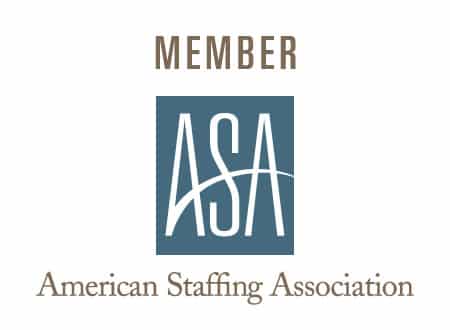A typical employee handbook:
- helps orient new hires;
- serves as a resource for your company’s policies, procedures and working conditions;
- details compensation, benefits and conditions of employment with your organization.
But a “supercharged” one can do even more. If it’s well-written and comprehensive, your employee handbook can:
- detail your HR policies in writing;
- outline behavioral expectations (i.e., a code of conduct) for both new hires and existing employees in your workplace;
- provide a line of defense against potential harassment, discrimination and wrongful termination claims.
How do you take your existing handbook from “so-so” to a real “workhorse” for your Middle Tennessee business? Review it and update it, using these tips from Wood Personnel:
Open with a welcome message. Is your handbook an inviting document that employees want to read – or a dry and off-putting manual? Make it friendlier with a brief introduction from the president, owner or CEO that reviews your company’s mission, vision and culture. This message is especially important for new hires, as it provides important context for how your company operates.
Develop and enforce a code of ethics policy. Employees need to know what to do, as well as what NOT to do. Create a policy which tells employees that they shouldn’t do certain things, such as accepting kickbacks or engaging in other unethical behavior. Include the policy in your employee handbook.
Eliminate jargon. Everyone in your organization – from new hires to veteran employees – should be able to easily understand your handbook. Whenever possible, skip the industry buzzwords, jargon and legal terms. And when these terms are essential, provide plain-English definitions to avoid confusion.
Provide clear instructions and channels for addressing complaints. Within your handbook, outline an internal mechanism employees should use to complain about discrimination (as an alternative to automatically filing a lawsuit). This may give you an added measure of protection, should an employee skip this step.
Commit to regular updates. Think of your handbook as a “living document.” Over time, your company’s policies and procedures are likely to change. Your handbook should reflect those changes, so review and update it regularly (once a year is standard). Review information in your existing handbook, re-writing and adding policies where necessary. Ask your legal counsel to review the document, before re-issuing to employees.
Require employees to sign an acknowledgement. All employees should provide written acknowledgement that they have received and understand the information in your handbook. File all signed acknowledgements in a secure area, limiting access to only those who absolutely need it.
Reduce employment risks by using a staffing service.
A Nashville employment agency like Wood Personnel assumes many of the risks associated with recruiting and employing people – such as making sure that non-discriminatory hiring procedures are followed and serving as the employer of record for our temporary employees.
Simply put, we make it safer and easier to get your work done! To learn how we can help you minimize your employment-related risks, contact Wood Personnel today.


